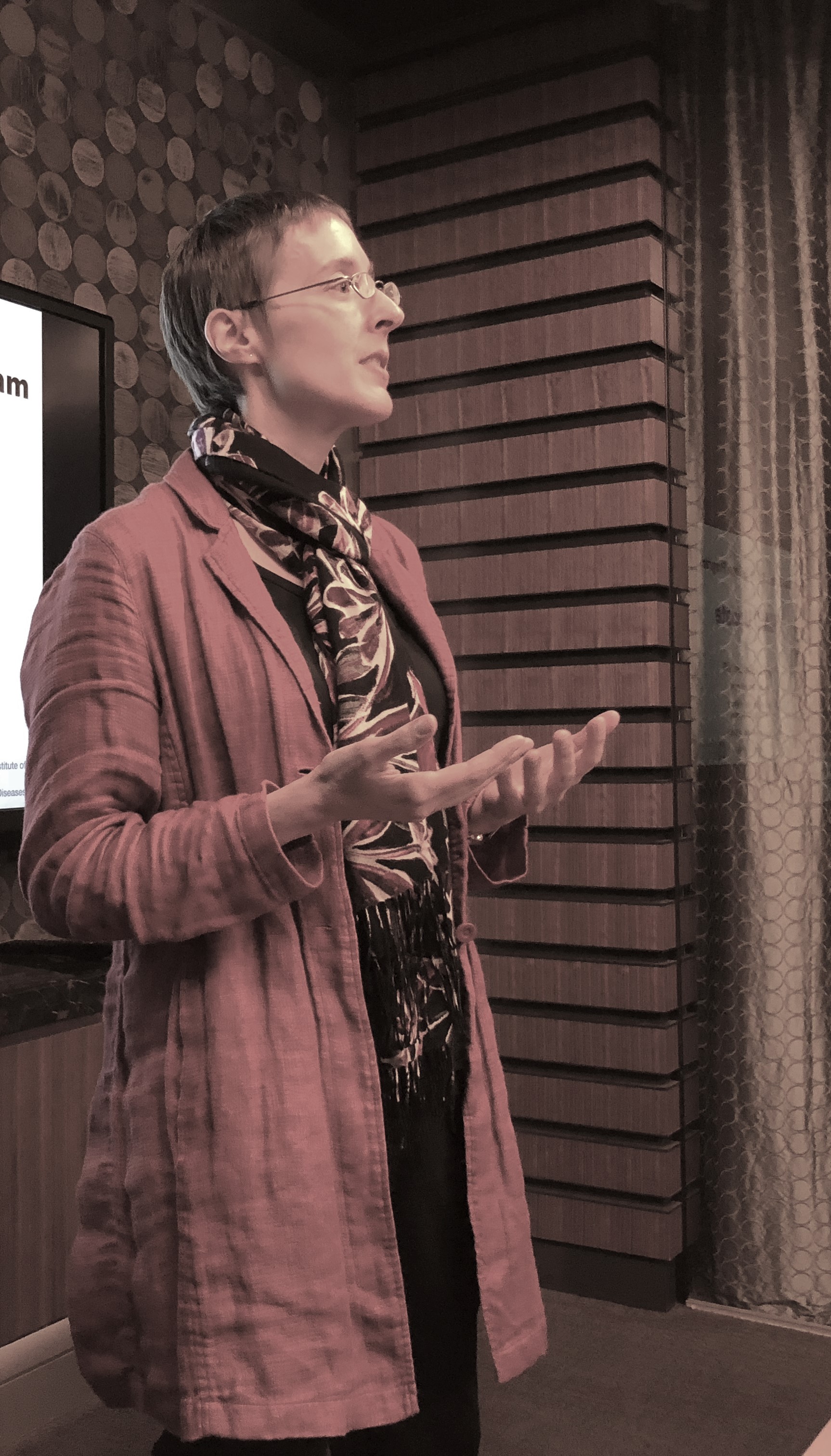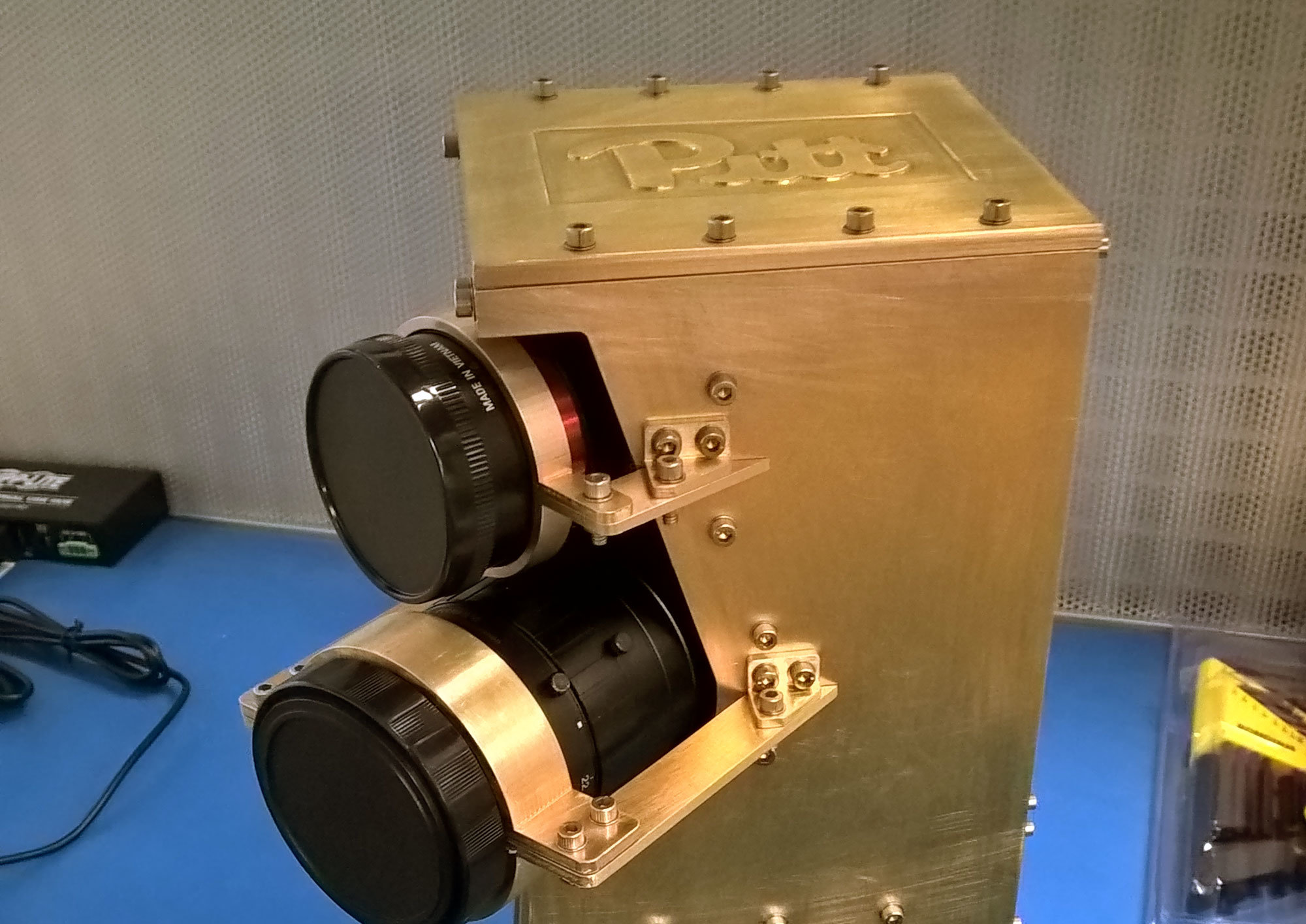Pitt CRC enables outreach at the interface of disciplines

Everyone speaks a first language. Most people require time to learn a new one. That learning time delays rich communication and cultural experience in the new language. True appreciation of Verdi’s Aida, let’s say, must wait on mastering Italian.
High-performance computing shares a similar dynamic with some researchers. The most powerful computation requires mastering algorithms at the level of the LInux command line. Many researchers in a range of disciplines who could benefit from the power and speed of high-performance computing haven’t developed that mastery. Like typical computer users, they operate primarily at the level of the graphical user interface (GUI). The command line can effectively be a language barrier that delays research and impedes productivity.
Pitt CRC consultants are working to make the high-performance computing environment accessible to researchers accustomed to working in a GUI, particularly for researchers requiring graphic visualization. Among other initiatives, the Center has acquired licenses for FastX software, which allows users to connect to a high-performance Linux operating system within a GUI desktop environment.
“The fundamental feature of FastX is the ability to display a Linux desktop inside a web browser,” explains Shervin Sammak, Research Assistant Professor and Consultant at Pitt CRC. “We had been offering FastX to several users in engineering and biostatistics based on a trial license. We now offer licenses that allow for 30 simultaneous users.”
With FastX, the cluster does the heavy computational work; the code that implements programs at the command line is transparent to a user. Input to and output from the cluster displays visually on the user’s laptop in a GUI environment.
FastX creates a compatible environment for a wide range of visualization software such as Ansys, Matlab, Paraview, and VMD, allowing faster access from a GUI interface than from the command line, and fast access to storage.

Lisa Borghesi speaking to a group
of Pennsylvania legislators.
Lisa Borghesi, Associate Professor in Immunology, describes the enhanced access as pivotal.
“Algorithms to analyze biological data are in R, but for a biologist, using R requires learning a second language. That delays the good work you can do. Being able to use the GUI removes a barrier to moving the science forward. For biologists, we are back in our first language. We can bring the powerful algorithmic tools of the cluster to our fingertips.”
Matthew Barry, Assistant Professor of Mechanical Engineering and Materials Science at the Swanson School of Engineering, used CRC’s GUI-enabled resources to model components of a supercomputer that will be used on the International Space Station (ISS). The supercomputer – designated Space Test Program-Houston 6 (STP-H6) – is nearly three times as powerful as the system now on the ISS. STP-H6 carries high-resolution cameras able to capture 2.5K by 2K pixel images of Earth.
Fellow Assistant Professor Dave Schmidt designed the supercomputer’s supporting chassis to accommodate the additional circuity and cameras and to withstand the unique forces that would be brought to bear on STP-H6 during its mission. Barry was then tasked to ensure the components comprising the supercomputer and chassis could survive the harsh environment of space.

Photo: NSF Center of Space, High-performance
and Resilient Computing and Pitt Department of
Electrical and Computer Engineering.
“The electronics within the system generate substantial quantities of heat which cannot be dissipated via forced convection as done in conventional electronics cooling. We performed steady and transient thermal modeling to ensure that the circuit boards could dissipate heat via conduction into the chassis without exceeding maximum operating temperatures," explains Barry, who used the GUI-enabled Fluent software tool in the modeling. “This involved numerical modeling of complex, multi-physics, multi-scale systems. The thermal-electric modeling of components and systems deployed on the International Space Station contains features existing over four orders of magnitude, which requires extensive computing resources to mesh and solve.”
It was impossible to generate meshes for these models on local machines due to memory limitations. Pitt CRC provided access to the center’s high-performance, high memory machines.
“Accessing these machines was as simple as logging into an e-mail account,” Barry says. “The GUI provided the same level of interaction and functionality as we would expect using our own servers. Without the facilities provided by CRC, it would not have been possible to develop and run the high-accuracy models needed to meet the mission objectives.”
Research Associate Professor and CRC Consultant Kim Wong works with Borghesi and other researchers on refining the CRC user experience.
“Think of it this way,” Wong explains, “The GUI interface removes an inherent barrier – the Linux command line – to adopting advanced computing technologies and methods into one's research toolbox. It is like an on-ramp, whereby a researcher can ease into high performance computing using a familiar desktop-like environment without the need to learn a new operating system interface beforehand. Once a researcher tastes the fast lane and realizes the untapped possibilities just beyond the horizon, that user naturally will want to exploit the full power of the Linux command line and parallel computing to accelerate research productivity and impact to the next level."
Borghesi is enthusiastic about the possibilities of the increased access. “In immunology, this brings the tools of advanced computing directly to Pitt researchers who are pursuing new disease treatments and cures. This kind of research should have no barriers to its productivity.”
“Beyond my field, the GUI access puts high-powered computing resources at the fingertips of our entire scientific community. This is outreach at the interface of disciplines. The CRC will be positioned at the center of a lot of projects.”
Users can connect through a FastX desktop client (for Windows, Mac or Linux) at viz.crc.pitt.edu using a Pitt username and password. The server is behind Pitt’s firewall, so off-campus users must be on a VPN. To apply for an allocation of pitt.crc resources, go to https://crc.pitt.edu/apply/. To discuss using Pitt CRC resources, contact us at https://crc.pitt.edu/contact/.
Contact:
Brian Connelly
Coordinator of Outreach and Communications
bgc14@pitt.edu
